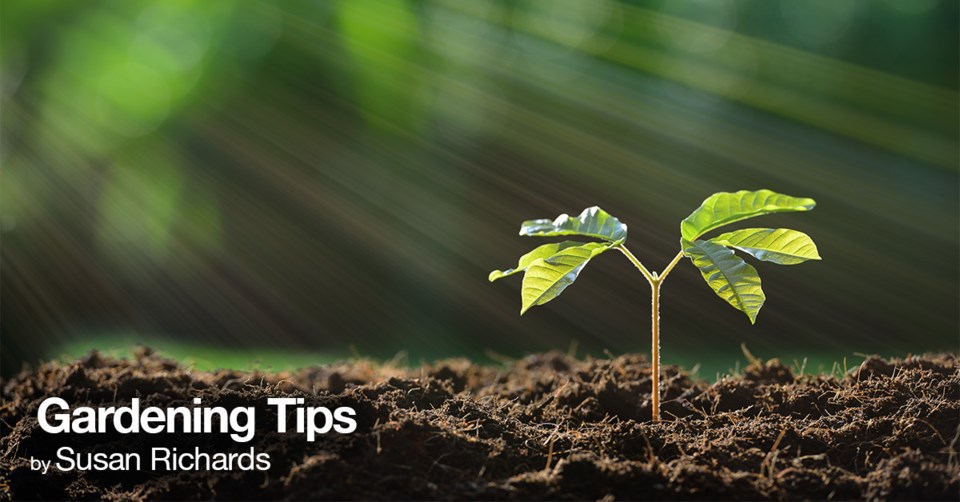It is officially summer, according to the calendar. Although you may be like me, not through the spring garden list yet, now is a good time to help prepare your lawn, gardens, containers, etc... for the stress of summer heat.
Plants that are well nourished have a much easier time performing right through to fall.
Here are a few tips to help you get organized:
- Feed your lawn with a good quality organic fertilizer. Water it in well so moisture goes deep into the soil. We've had plenty of rain this spring, so lawns should be healthy and grass roots should be deep into the soil. Make sure you water well when we get a dry spell. A deep thorough soaking once a week is much better for all plants than frequent, shallow watering. Consider raising your lawn mower up so that more of the grass blade is left. This will prevent burning when days do get hot.
- If you like to use granular fertilizer in your shrub, flower and perennial beds, now is the time for a second application. Choose a good quality organic food, spread it according to package directions and water well. The extra nutrients will help plants thrive this summer.
- If you prefer using water soluble fertilizer, make an application now and repeat in 4 weeks. Fertilizer dissolved in water is instantly taken in by the roots. The disadvantage is that the fertilizer not absorbed immediately can often get washed away with the next rain! Be sure to choose a type appropriate for the plants you plan to feed.
- If you have a tree that is struggling, consider doing a deep root feed. Shallow grass roots quickly grab nutrients. There may not be much reaching the deeper tree roots. There is a tool for this job called a Ross Root Feeder. It attaches to the garden hose and has a section that holds a fertilizer cartridge. You push the spike deep into the ground, turn on the hose and water flows through, dissolving the fertilizer and delivering it to the roots. The feeding roots for a mature tree start about 18" out from the trunk and extend to the drip line of the farthest branches. Concentrate your effort in this area.
- Keep containers and hanging baskets fed often. I like to use water soluble fertilizer 20-8-20 one quarter strength ever week. This formulation feeds all parts of the plant plus will stimulate lots of blooms.
- An easy care options for flowers is slow release pellet fertilizer. Use according to package directions, sprinkling pellets directly on the soil surface in pots, baskets and gardens. Every time you water, a bit of food is released. How simple is that!
- We've had a cold start for the vegetable garden. Now that some heat has arrived, plants will need a good boost of fertilizer to get them growing. I use an organic food that also has all the micro nutrients plants need as well as calcium to help prevent blossom end rot in tomatoes. My garden also gets a top-dress of compost. This helps hold moisture in the soil and slowly feeds the veggies.
- My roses are already in bloom! To keep them blooming, I use a rose food. Once again, I trust the experts who have developed the right nutrient balance to keep the roses healthy! I have a beautiful hybrid lily beside a shrub rose bush in my sunniest garden. The lily doesn't mind sharing food with the rose! It's buds are developing well too.
Just like humans, all plants need regular fuel to stay healthy. Just be sure to read package directs carefully. Twice the food doesn't produce twice the growth, too much fertilizer can damage plant stems and roots.
